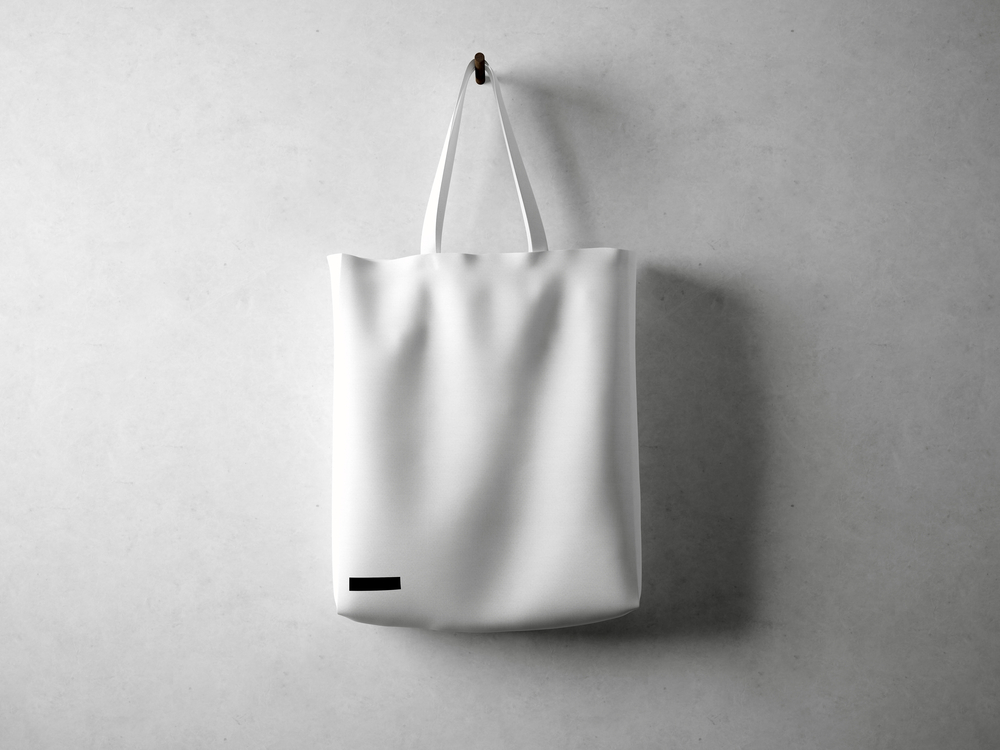How will we live after the pandemic? What will our consumer attitude be? The letters L, V, U, may have all the answers, because the curve of economic growth will affect our shopping behaviour and our entire lifestyle.
LVU
Many experts trying to predict post-pandemic situations refer to the three key letters L, V, U. They symbolize the possible shapes of the economic growth curve after the pandemic and lockdown. This shape is influenced by the length of the recession and the speed at which it returns to pre-emergency results.
The most optimistic variant or “V” assumes immediate improvement and a quick return to the situation before the crisis. In the USA, this scenario took place in the early 1990s, when the recession lasted from July 1990 to March 1991. According to EY research, 38% of entrepreneurs believe that such a scenario will happen, but, for example, James Quincey, CEO of Coca-Cola Company, does not agree. In order to achieve this result, all suspended businesses and investments need to be open at the same time and consumers’ behaviour should only change slightly.
The moderate “U” scenario assumes a prolonged period of difficulty and then a gradual return to “normality” and prosperity. This situation took place after the last crisis in 2007, when the formal recession lasted 19 months. CCC is preparing for this scenario, and 54% of companies from the EY’s report mentioned above indicate it as the most likely.
The most negative and frightening scenario is L, which assumes a long-lasting crisis with no visible growth opportunity. Japan experienced it the hard way in the 90s, and the crisis’ effects lasted for the next decade. According to Forbes experts, there is a slight chance for this type of scenario. Entrepreneurs are also optimistic, with only 8% considering this possibility.
Different variants for different people or LVU on a micro scale.
It is difficult to determine which of the scenarios will happen, however marketing professors of Nanyang Technological University in Warc presented an interesting approach. They suggest that scenarios will all happen at once, at the same time, at the exact moment, with various groups experiencing different scenarios. Therefore L or V or U will not be only a symbol of trends in the country’s economy, but also these letters will become a symbol of individuals’ household trends and a new way to describe consumer segment.
The assumption that different groups will experience different scenarios seems right when we look at market situations. Sectors react differently, and thus, the lives of its employees will go differently, and the “post-covid” experience can very strongly define a lifestyle. According to predictions, there are privileged groups that will bounce back quickly with (V), there are groups that will survive temporary problems (U), and there will also be the ones for which the situation will change for the worse for much longer. Which scenario we experience will shape our approach to shopping.
Scenario V may shape a more hedonistic attitude according to the rule “life is short, you have to do what you like because you never know when the next pandemic will strike. The only certainty is that something uncertain will happen again. ” This means shopping as a reward, increased impulsive purchases, spending without caution, and focus on pleasure.
The U scenario may cause a cautious attitude, shape an optimistic but prudent consumer. One who does not want to limit their purchases, but thinks about each expense and makes sure to have something for rainy days.
Scenario L means consumers, who are impoverished in a way, who will have to justify their reduced purchasing capacity. So they will refer to the minimalistic trend, rejecting materialism and begin to look for simplicity. They will focus on essentials and things that will help them grow. This does not mean buying only cheap products, but, for example, restructuring expenses to buy better food, but less expensive clothes, because quality and safety will have great value.
It may also be interesting because these attitudes can occur regardless of earnings. And so, for example, the consumer considered to be affluent, as a result of the experience of scenario U, will become a cautious spender despite high income, and the consumer with average earnings, through the experience of scenario V, will become an impulsive consumer focused on pleasure. Unambiguous prediction cannot be found for now, of course, but the transition to a new normality should mean a re-examination of attitudes and defining segments, because experience during and shortly after a pandemic can turn previous segmentation upside down.
Source:
https://www.forbes.com/advisor/investing/covid-19-coronavirus-recession-shape/
https://www.reuters.com/article/us-health-coronavirus-economy-graphic/alphabet-soup-how-will-post-virus-economic-recovery-shape-up-idUSKCN21R242
https://warc.com/content/article/WARC-Exclusive/Reframing_lifestyle_marketing_for_three_postpandemic_new_normal_scenarios/132514
https://warc.com/content/article/warc-exclusive/coca-colas-three-stage-model-for-responding-to-covid-19/132503

